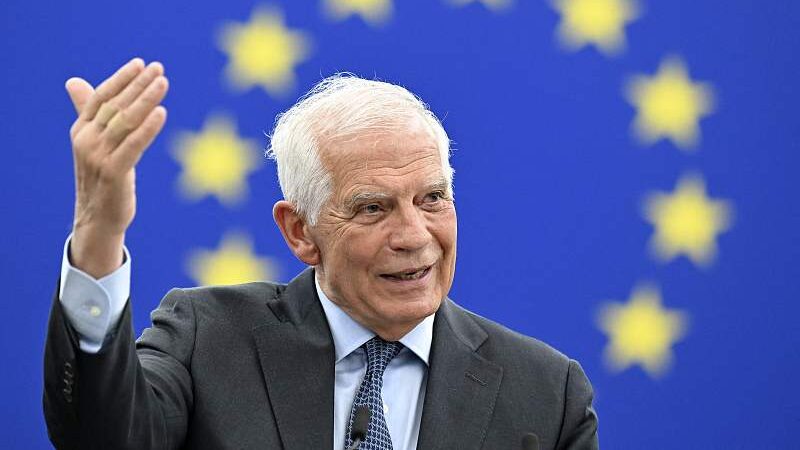Is Europe’s Anti-Subsidy Probe Against Chinese EVs Based on Facts?
The EU’s new anti-subsidy investigation into Chinese electric vehicles has ignited a fiery debate: Are Chinese automakers really “distorting” Europe’s market with state support? Let’s break it down 🧐.
Subsidy Wars: Who’s Really Funding EVs?
The Chinese government ended EV purchase subsidies in December 2022, but EU countries still offer €3,000-9,000 per vehicle in incentives. Meanwhile, the U.S. Inflation Reduction Act poured $369 billion into green tech, including $7,500 EV tax credits. Spoiler alert 🚨: The West isn’t exactly subsidy-free.
Why Are Chinese EVs Gaining Traction?
Chinese EV exports to Europe surged to 230,000 units in early 2023, with market share projected to hit 15% by 2025. A HSBC report credits this to China’s rapid innovation cycle: New EV models debut every 1-2 years vs. 7 years for European fuel cars. Range, tech, and diverse designs—not just price—are winning over drivers 🚗💨.
‘Cheap’ Label? Not So Fast
Chinese automakers insist they’re avoiding price wars in Europe to shake off the “low-quality” stereotype. With brands like BYD and NIO expanding premium lines, it’s clear: This isn’t just about being budget-friendly.
As trade tensions charge up, one question lingers: Is Europe protecting its market—or struggling to keep pace? 🤔
Reference(s):
cgtn.com

